M. JACK PACHECO
MULTIMEDIA ARTIST EXTRAORDINAIRE



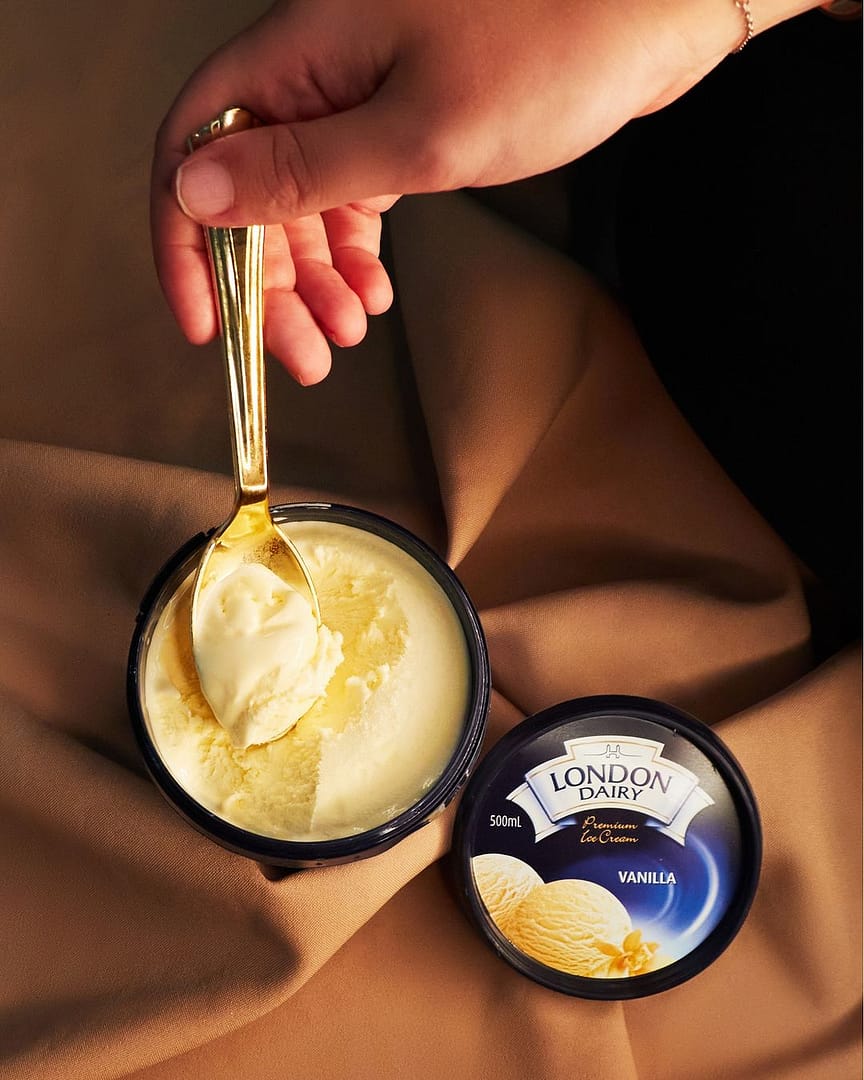

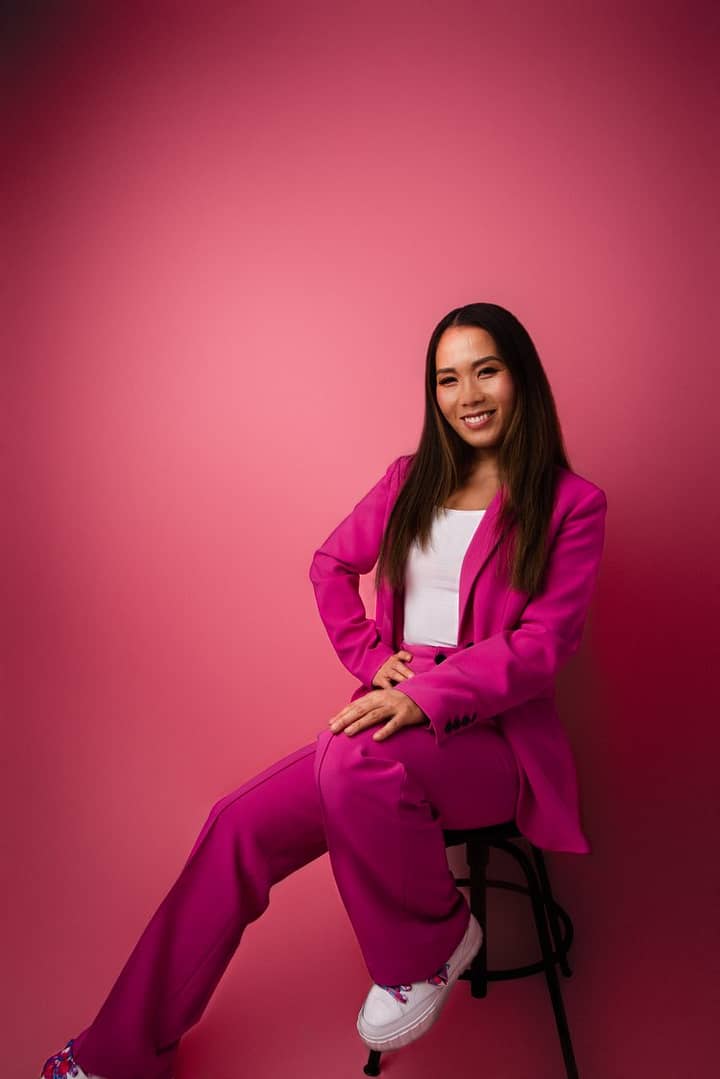





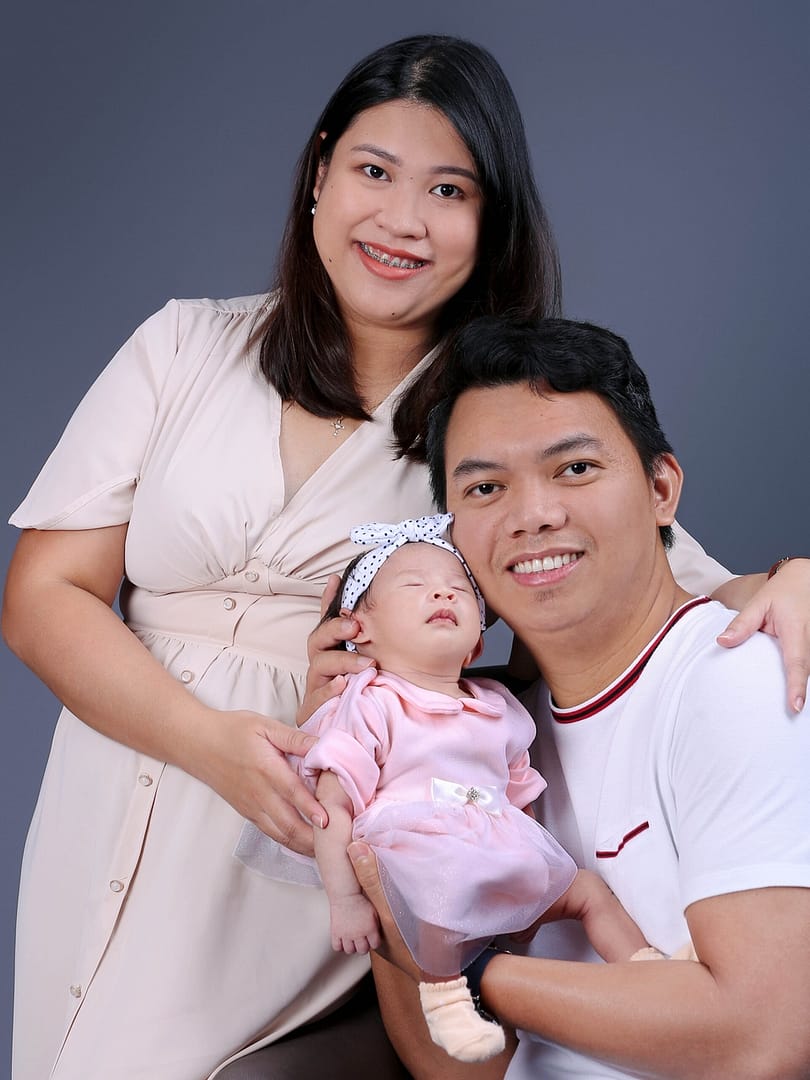



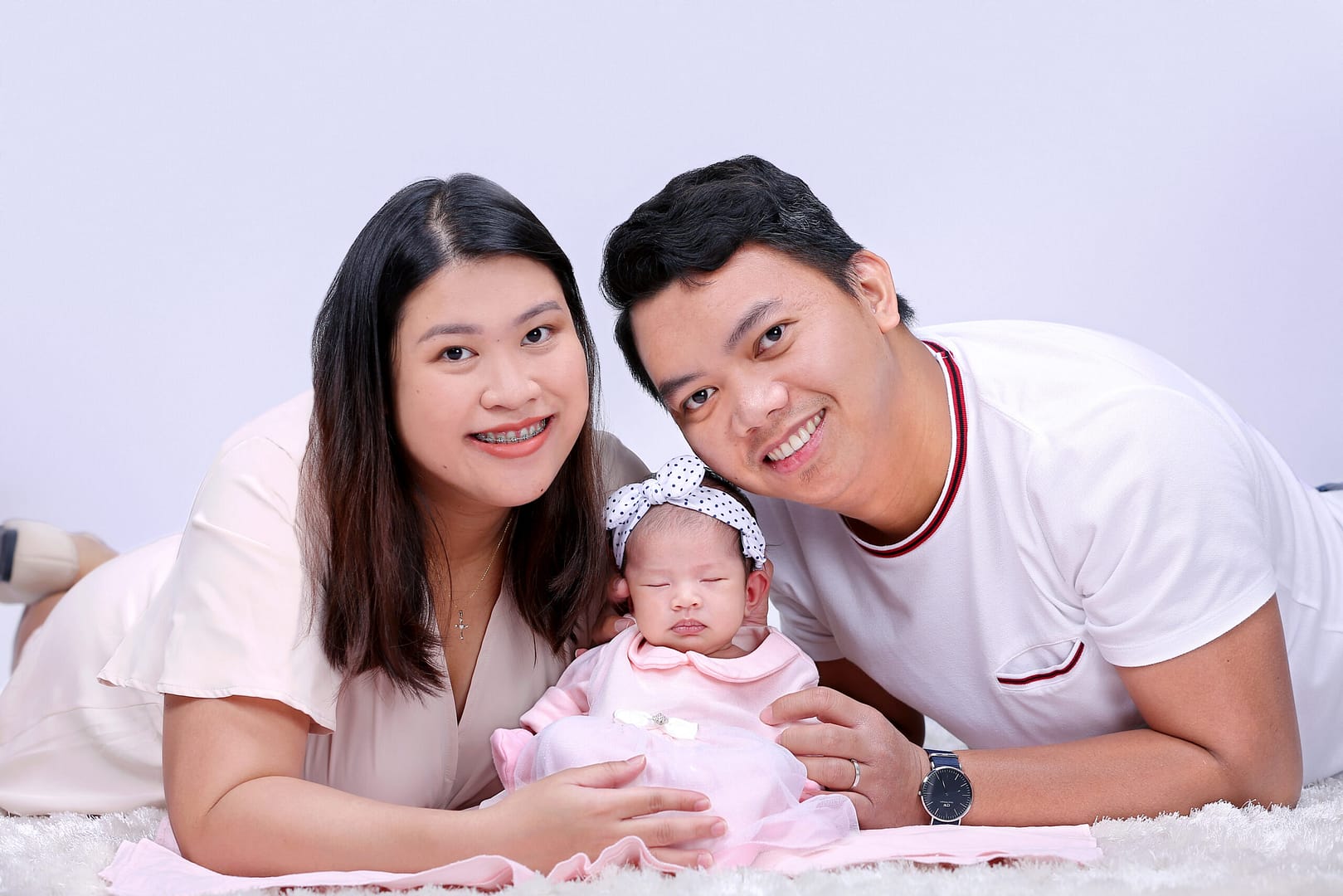

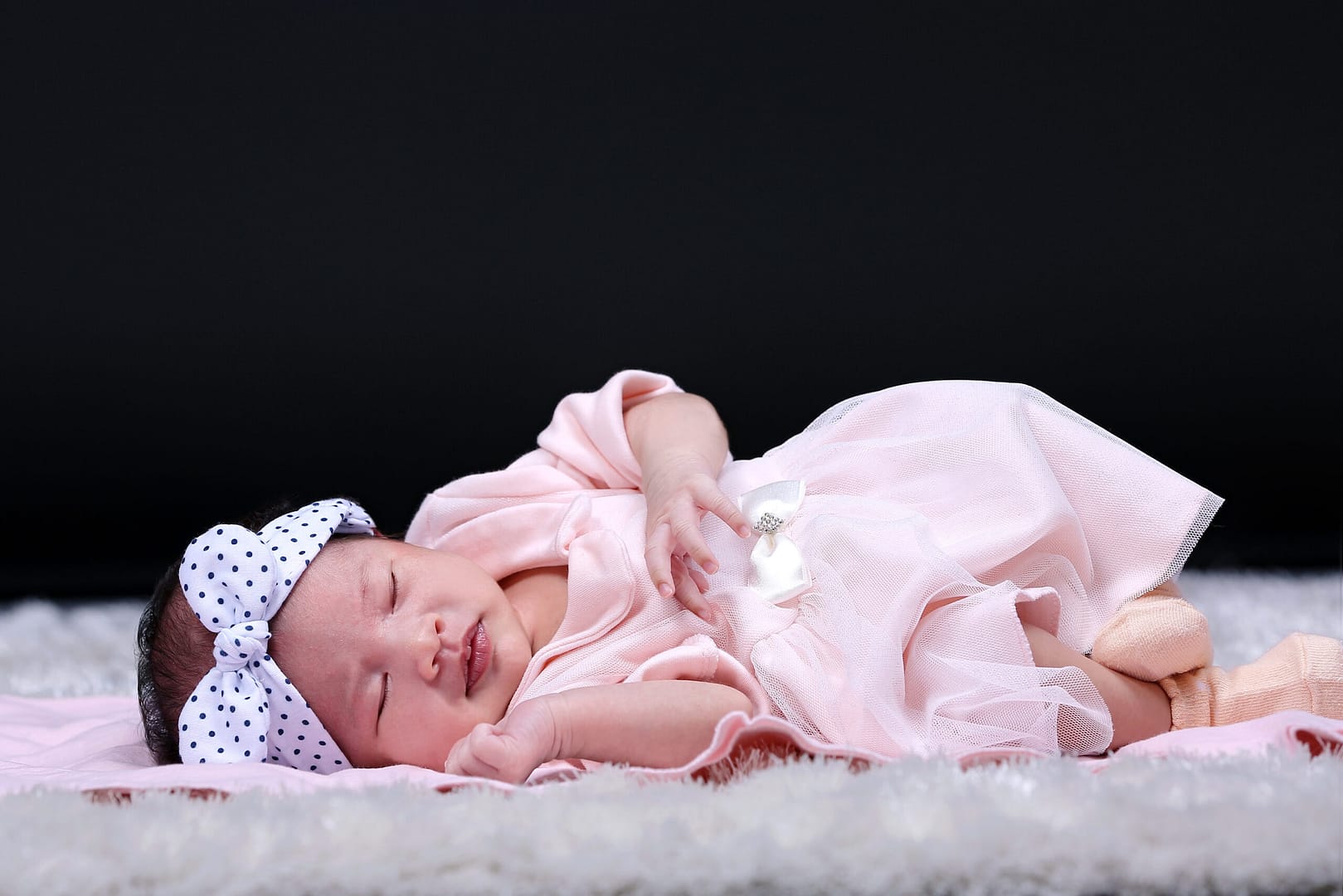

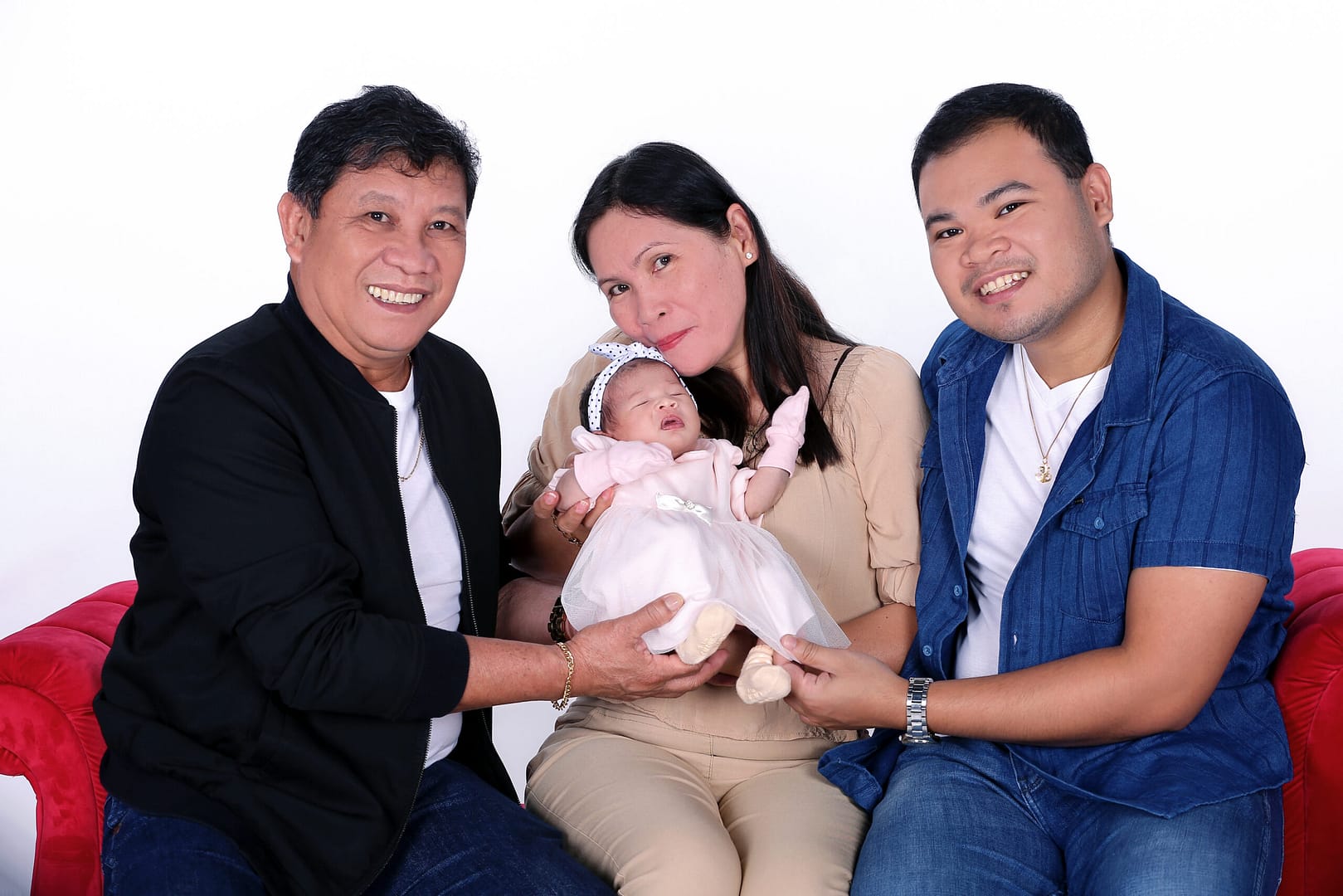





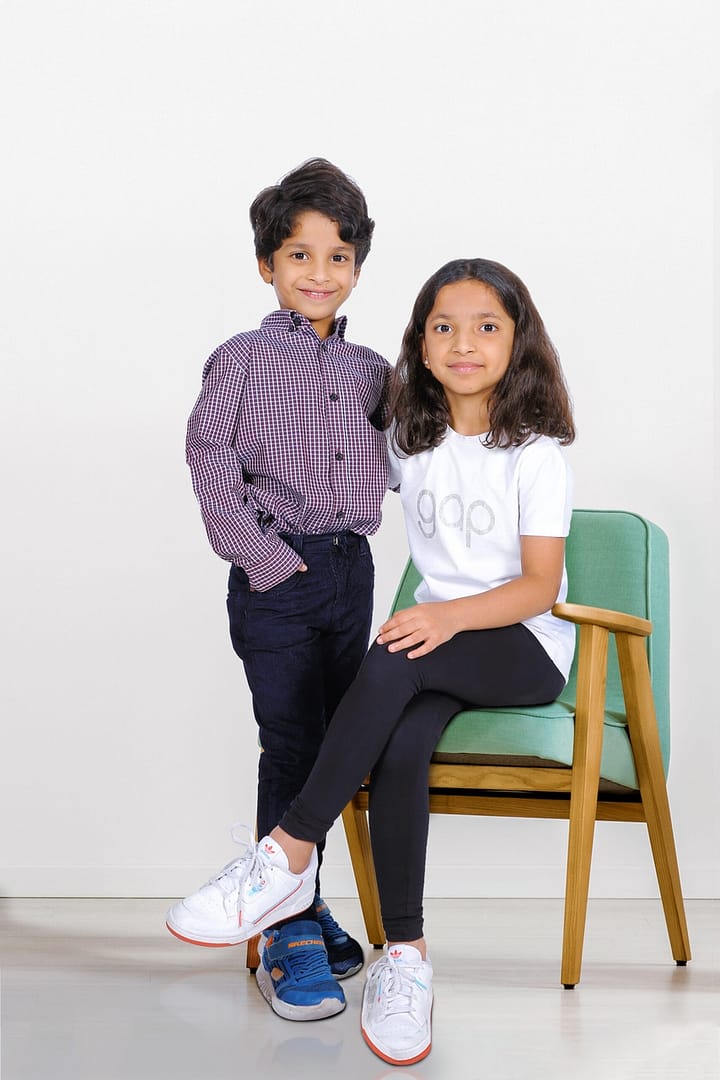





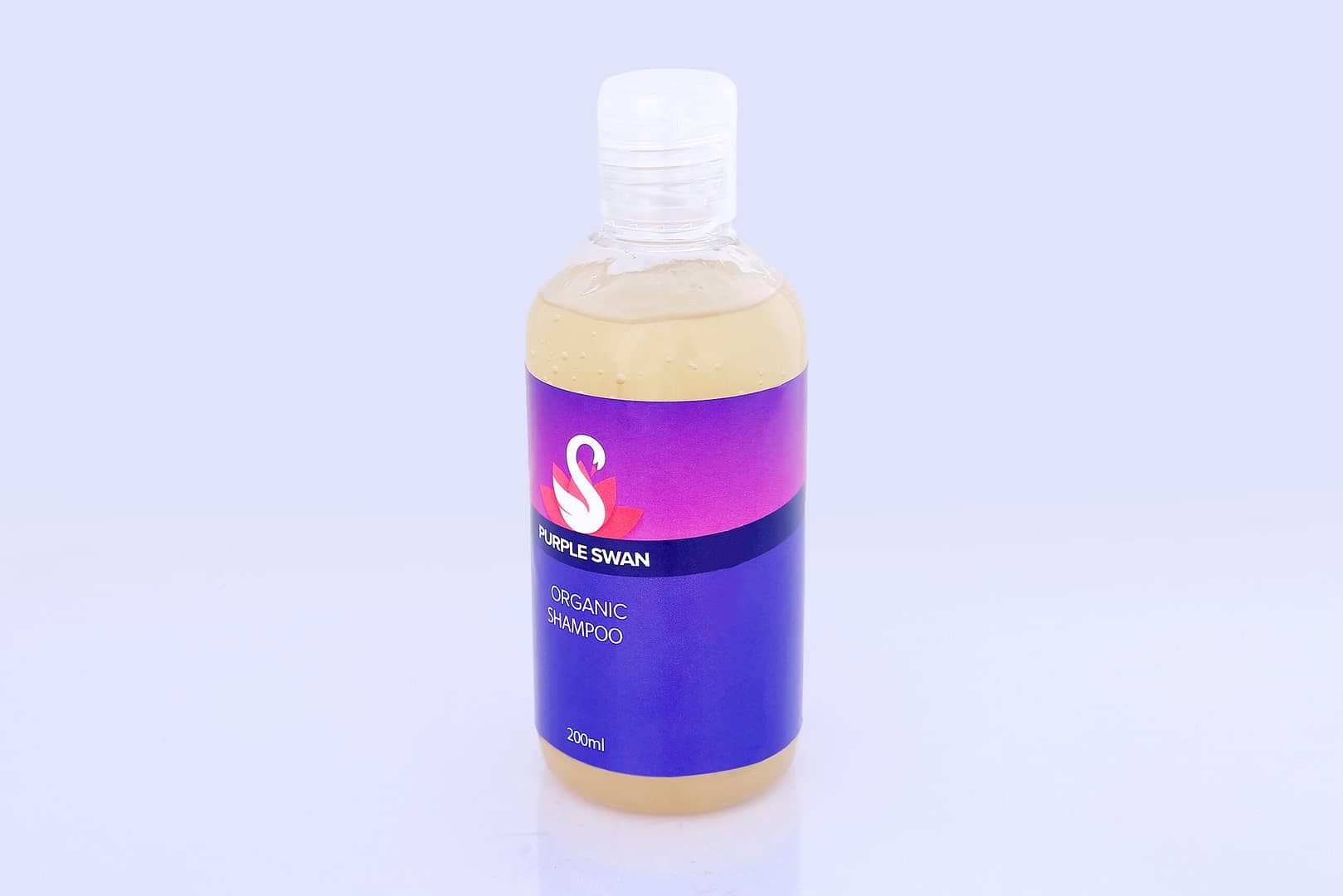

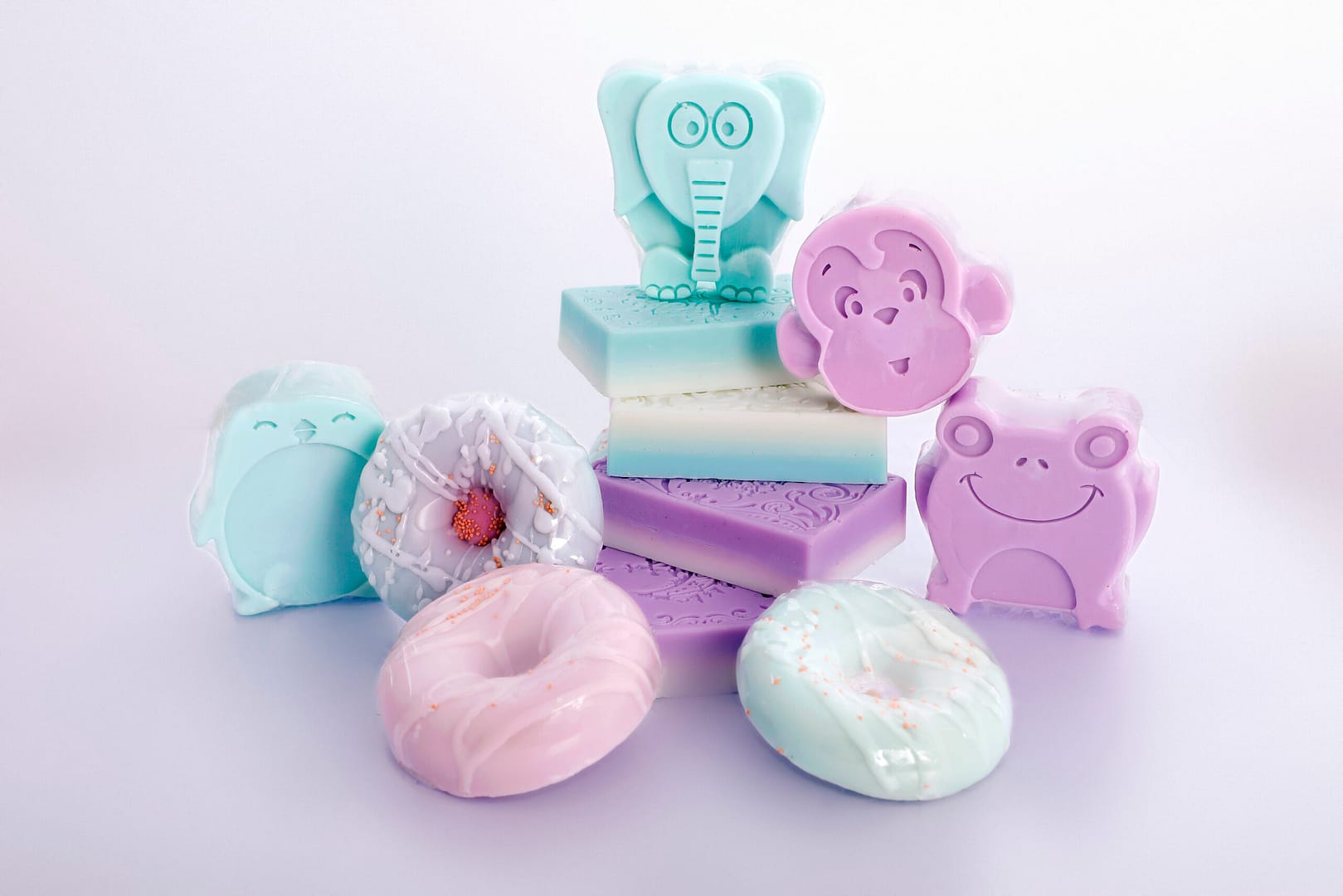

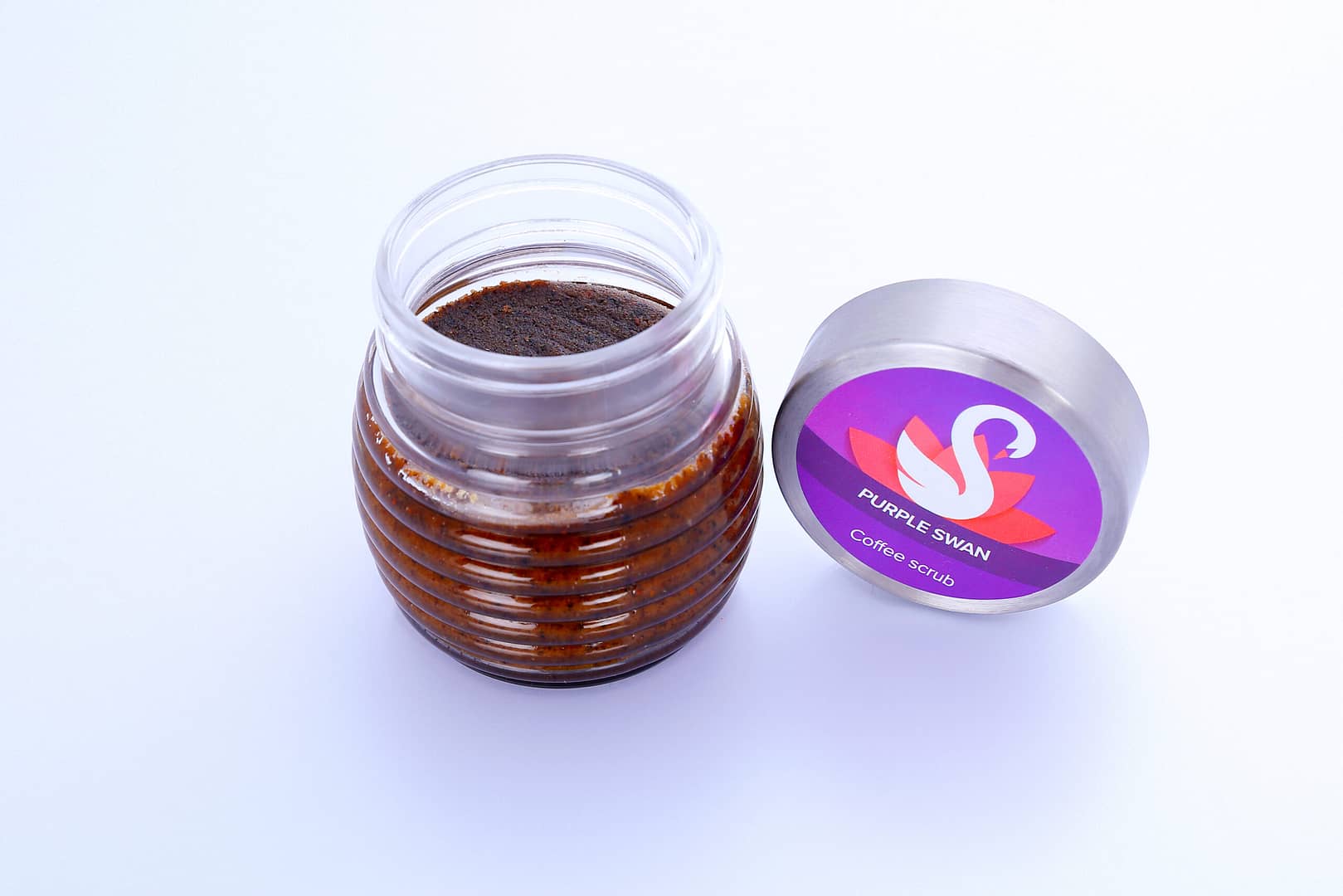

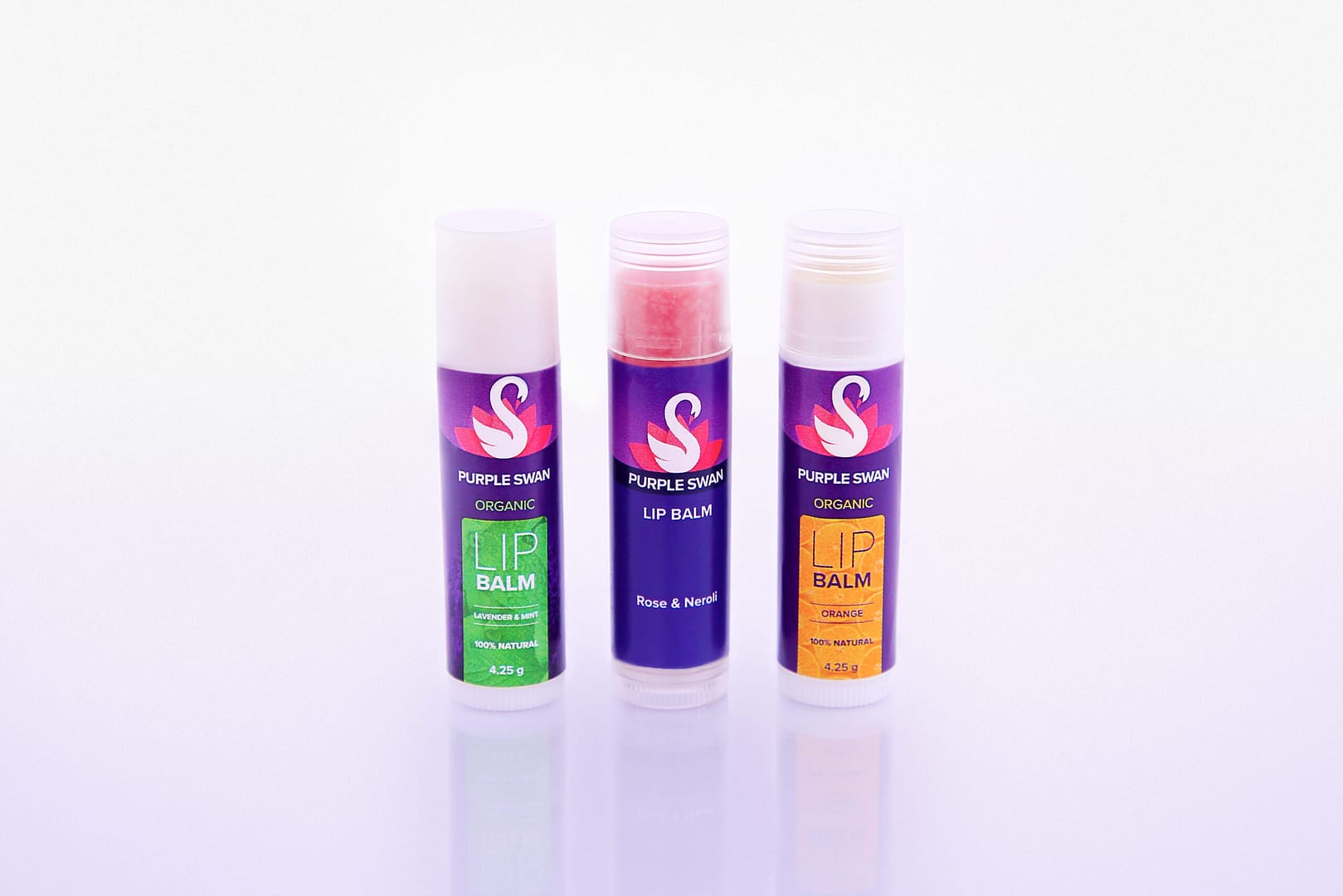



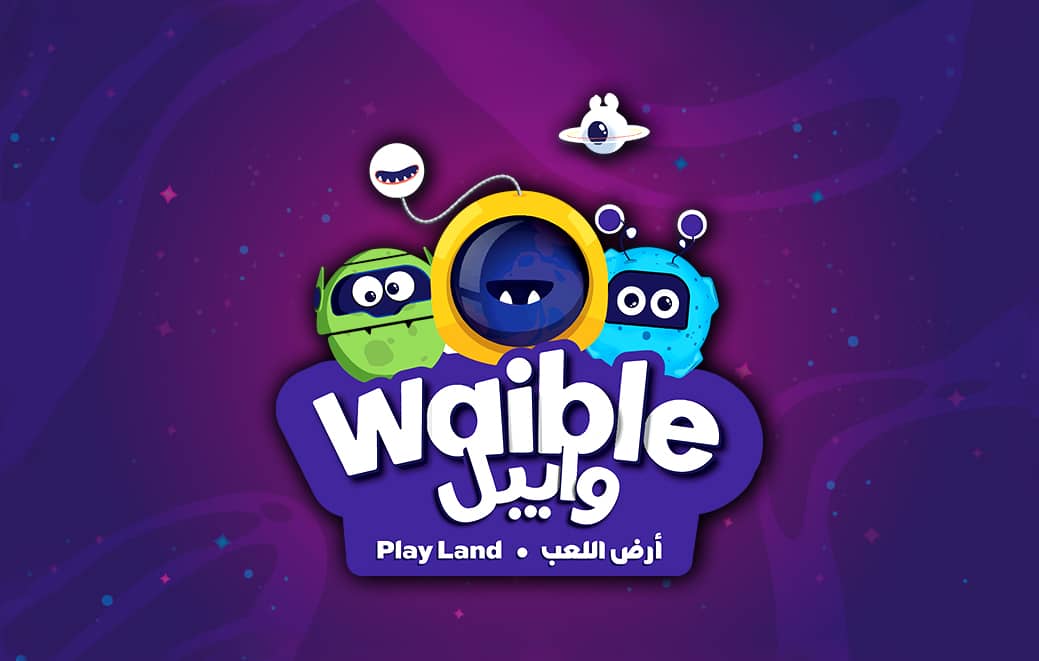

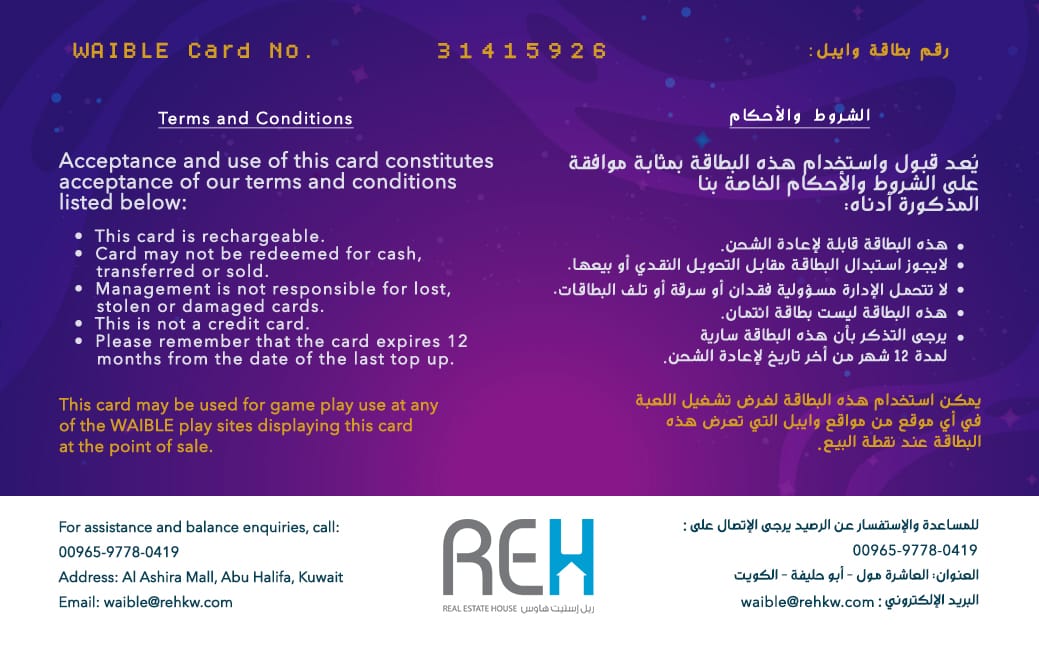







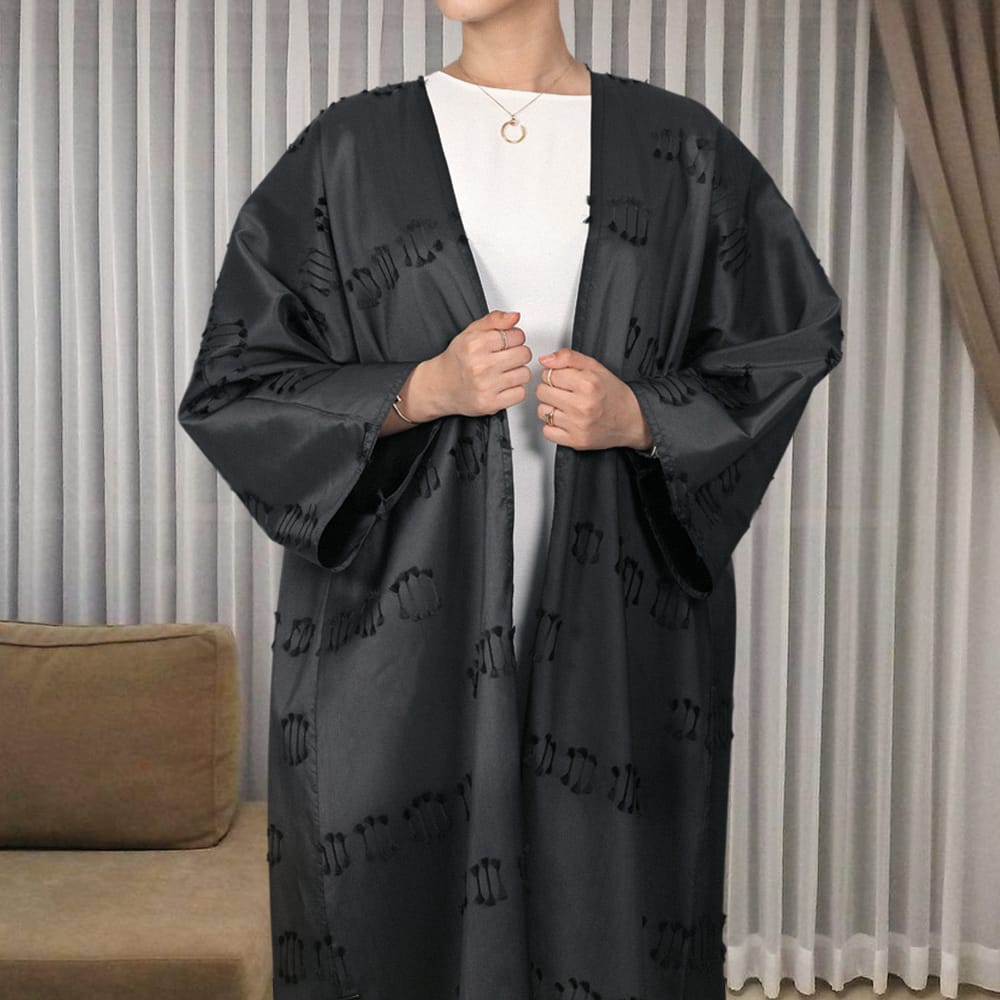

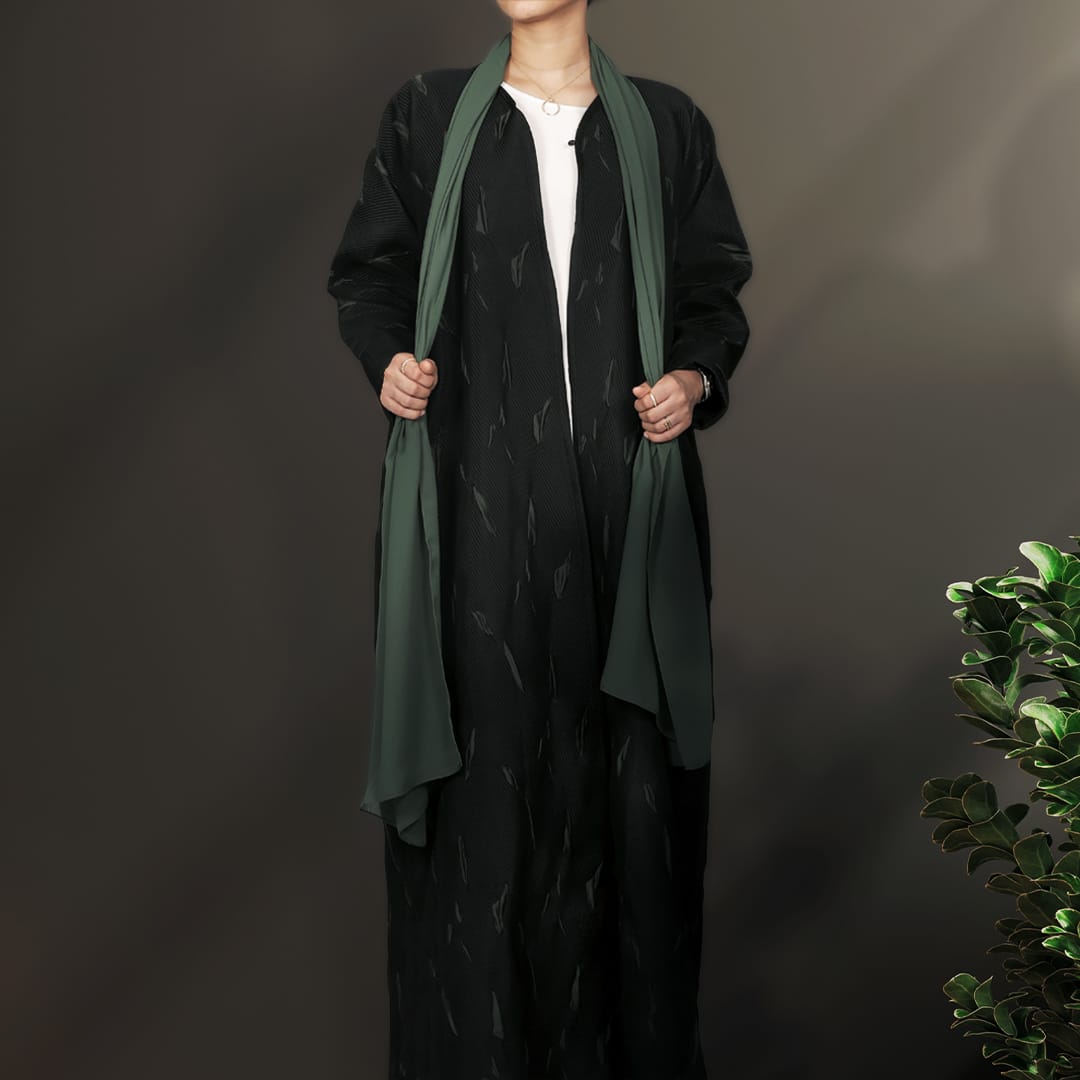

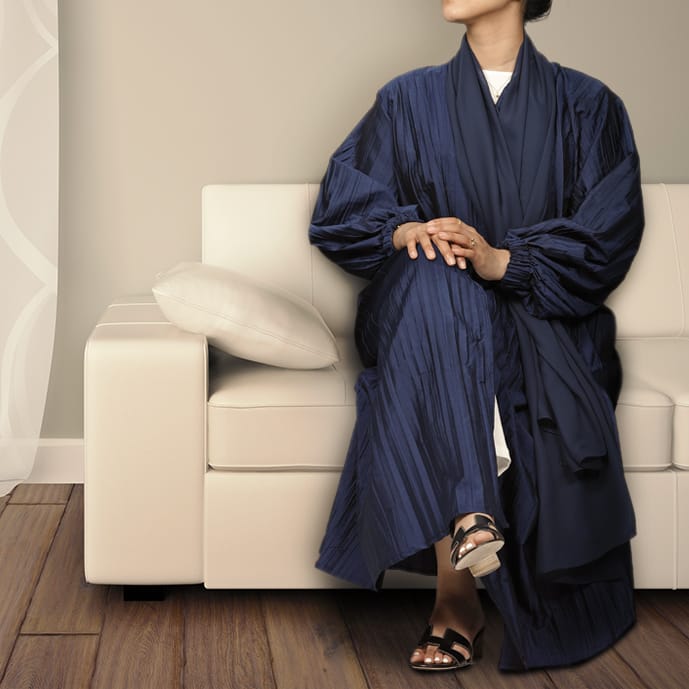

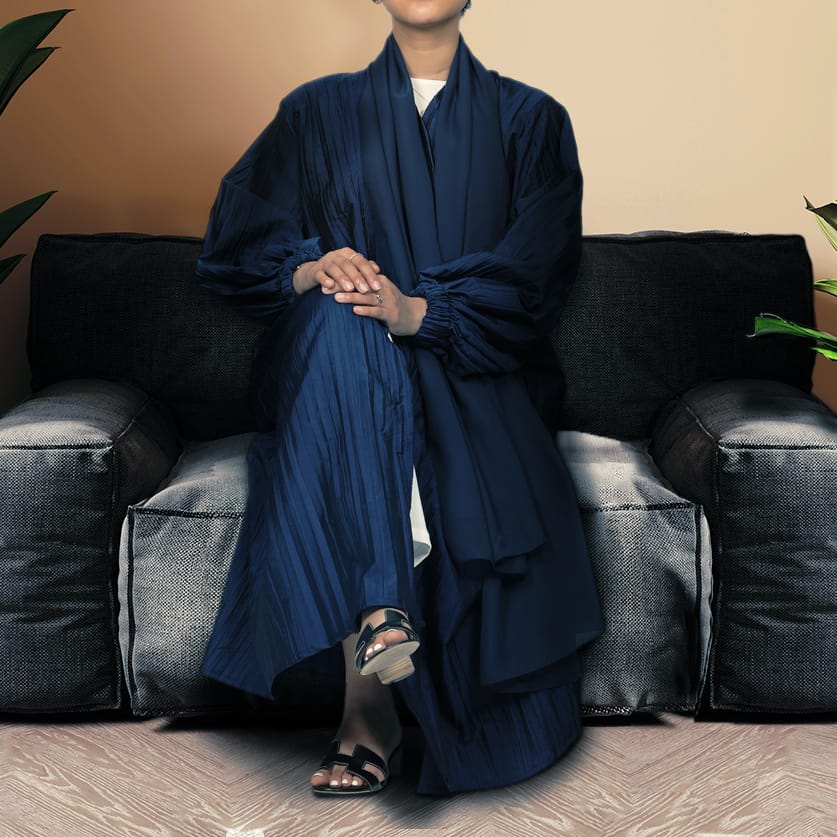

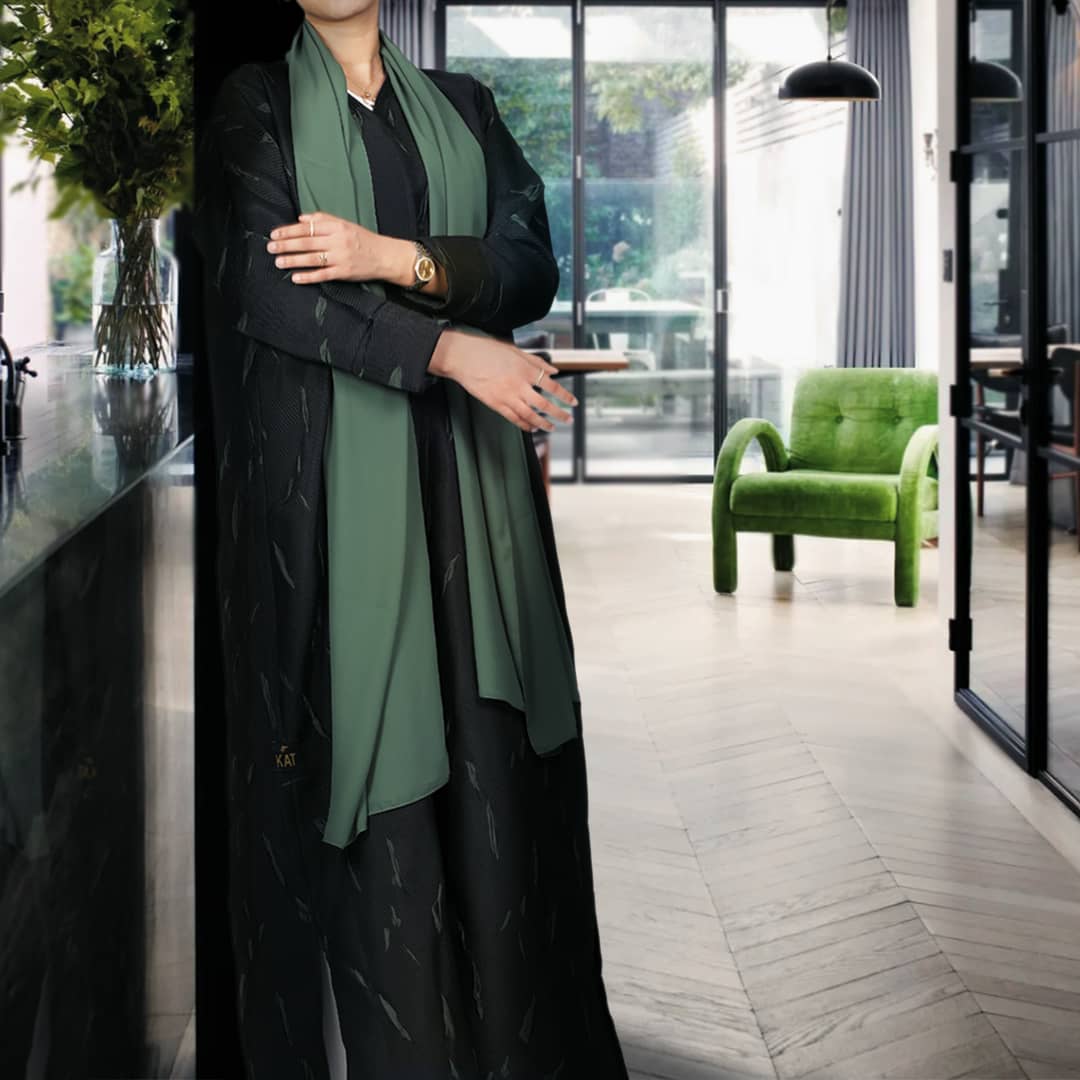

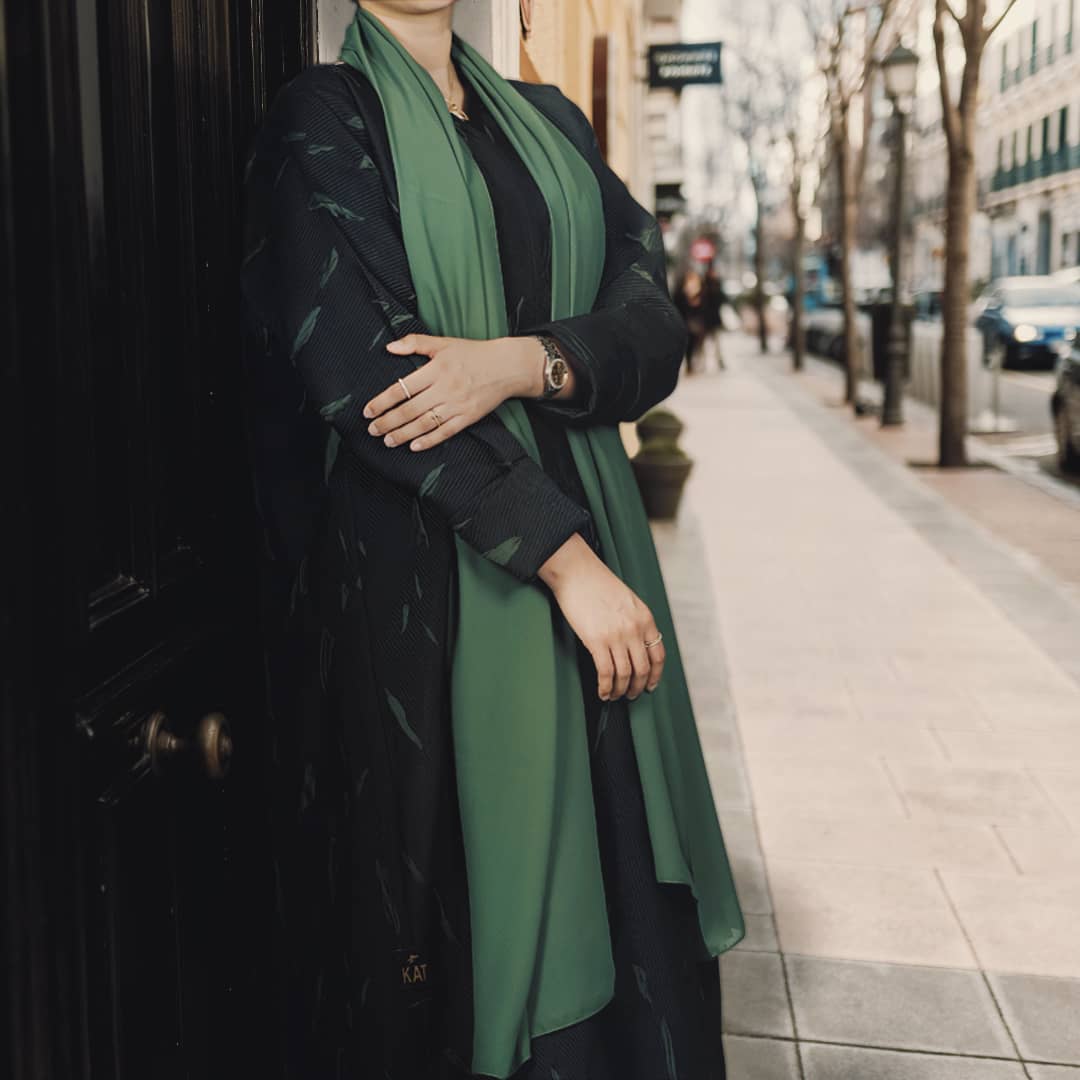

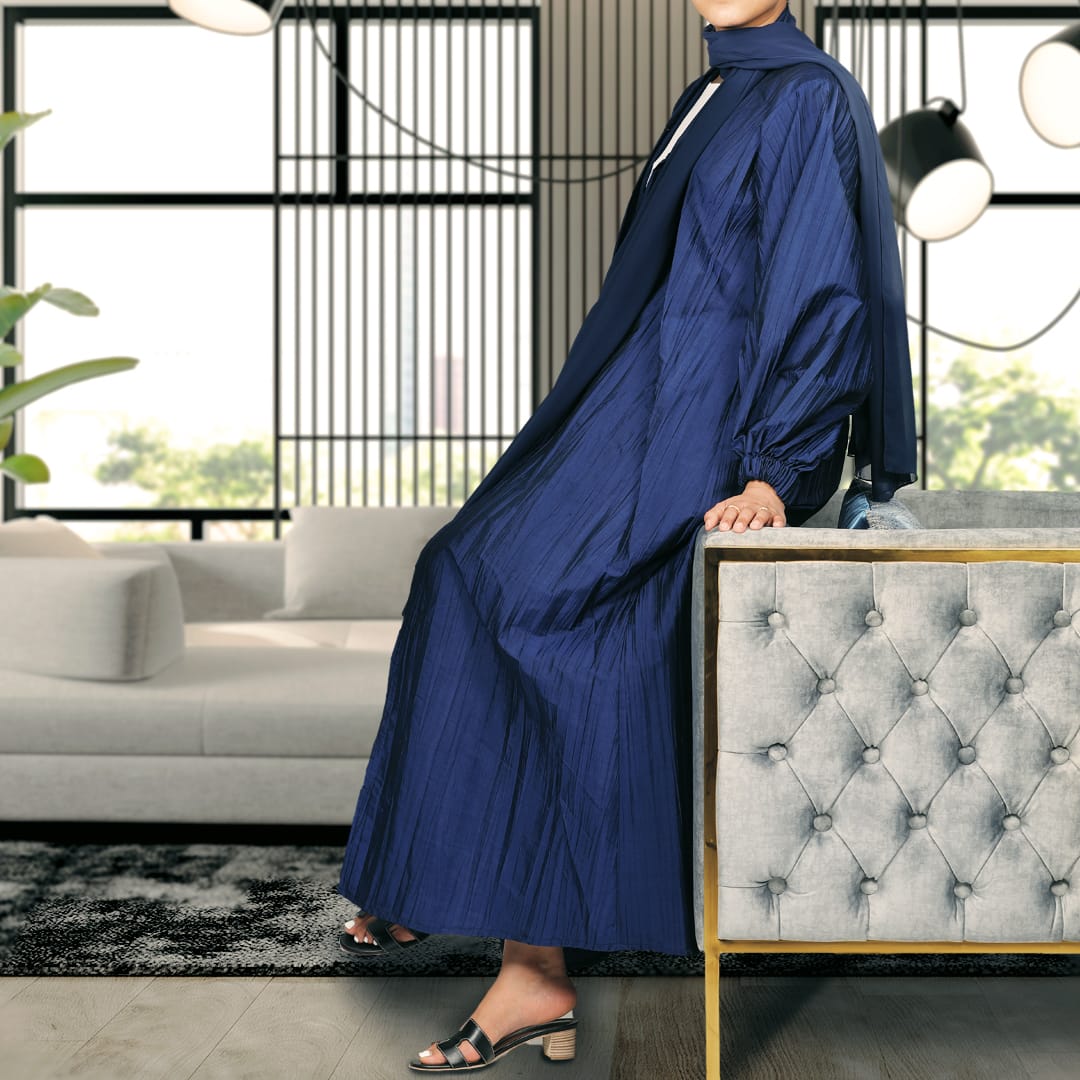

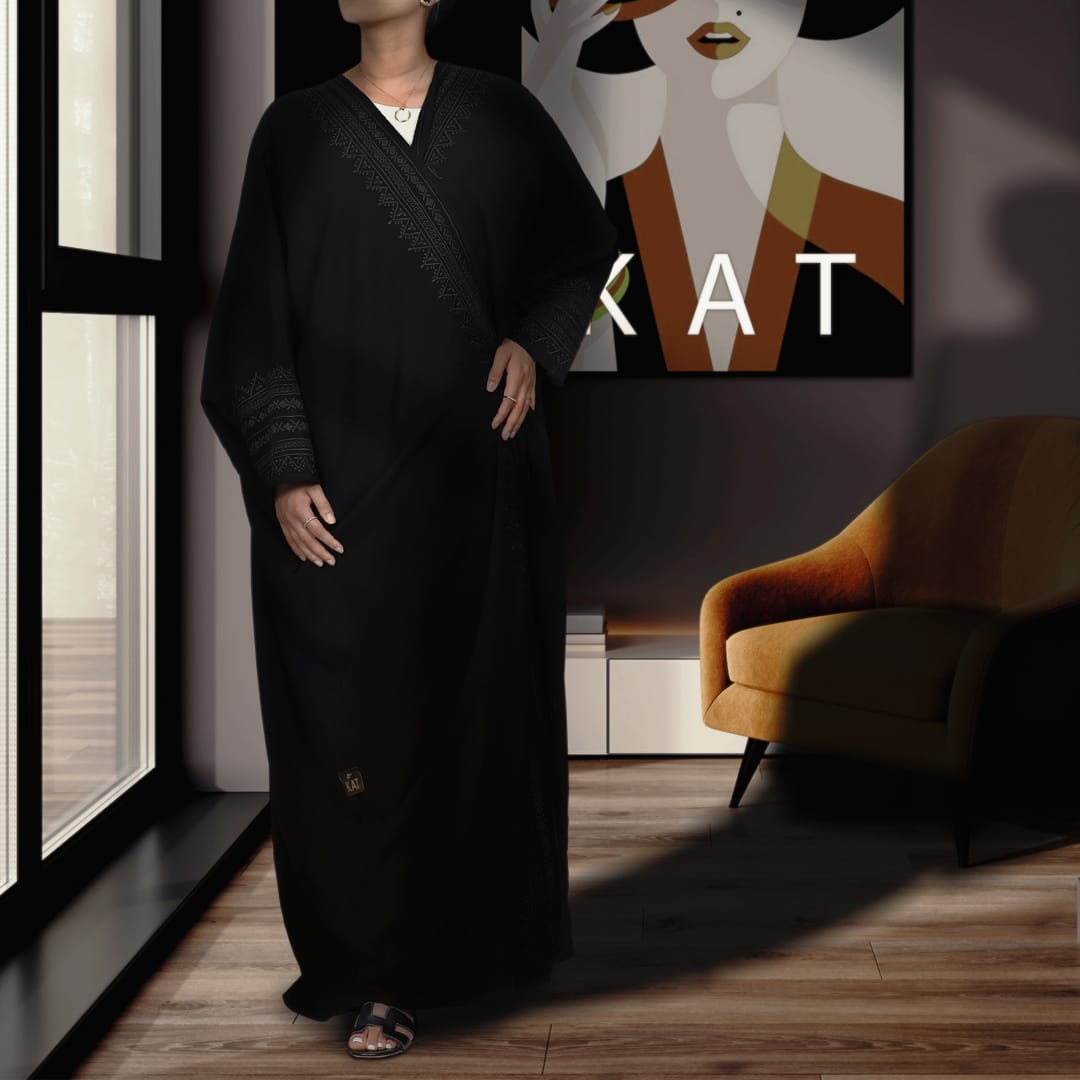

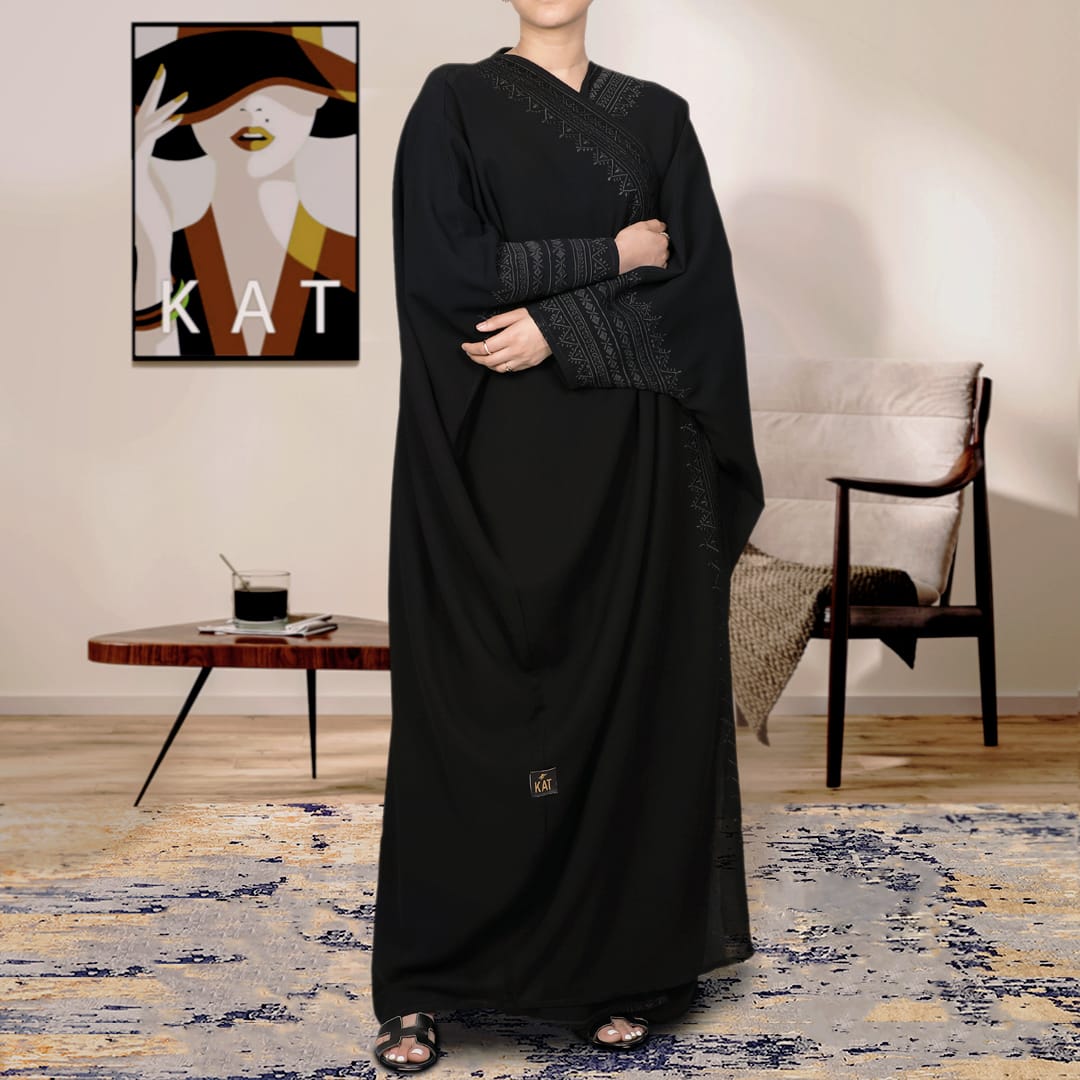

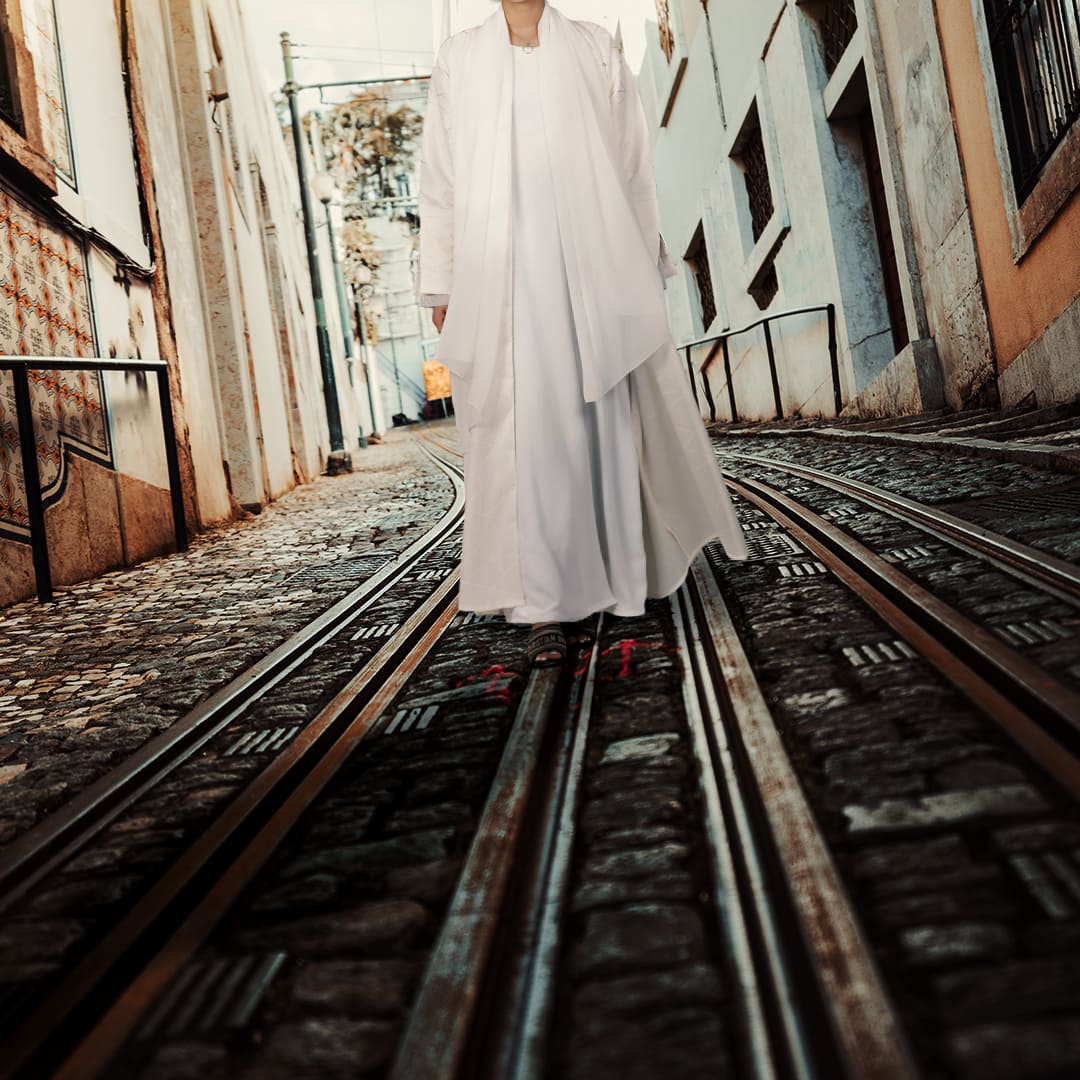






DIRECTING
Roughly beat,
slow, medium-fine,
outré, gritty.
The Raw Series
I’ve always felt that the type of well-groomed and heavily soundtracked “beauty shot” reels people used didn’t work well enough to fully capture the essence of one’s directing—at least, my own brand of roughly beat, slow, medium-fine, outré, gritty cinema. Which is why I decided to showcase my directing in this raw format—featuring raw cuts and outtakes from some select early films of mine—to show you more the realness and process of “getting there.”
This one highlights scenes from my 2017 film “KRONIK,” which was about abuse—both drug & physical—video game addiction, homosexuality, and broken families, set against an Oedipus complex template.
This one features scenes from my yet unreleased 2017 film, “Thank God He’s Slow”—one of my first experiments in romantic chemistry between actors, and in employing the Chubbuck Technique.
Style & Technique
My style of directing begins with connection—between actors, and between actor and director. When I’m casting for a film, the first thing I look at in an actor is not how good they are, but their own personal character, how they present themselves and whether there is something genuine there or not.
And when I have developed a certain feel for the actor, I invite them to a social gathering (which usually involves alcohol) and I get acquainted with them, I befriend them. The goal is to have them put down their guard so I can begin to observe them more closely, taking note of all the certain nuances in their character and personality that might align with those of the character that I’m looking to cast them for; and I always try to dig deeper and look at what’s underneath those nuances to see what motivates them personally and understand how they came to be as a person, what experiences made them or broke them, so I can ultimately figure out if they are things I want to bring to the character that I’m trying to cast them for.
It’s important for me to form a connection with someone and build a solid rapport with them before I put them to work in a film. I want to make them feel at ease yet at the same time open to the unexpected. And as much as possible, I open myself up to them and show them that the film is something deeply personal to me, so that in turn they may open themselves up and bring that personal touch to the characters we’re working with.
For in the end, that’s where acting stems from—that real place. To me, good acting is being able to bring the grandness of the theatre and fuse it with the pith of the ordinary in this hot pot of emotional turmoil. And directing is the exploitation of that.
But, of course—exploitation with consent.
CINEMATOGRAPHY
Raw, real,
and infinite.
The Philosophy of Capricious Images
I can both be very traditional and unorthodox in the practice of cinema, and most of my unorthodoxy shows in my cinematography. Unlike others, I do not like storyboarding. I think that knowing how a scene is supposed to look before it is captured is very limiting. Yes, without storyboards, a production might be more time-consuming and have the potential to be disorganized, so I do not come in totally unaware of what I want a scene to look like. I just don’t like writing them down and setting them in stone. But in fact, writing a scene is a very visual process for me, and when it’s time to shoot I keep in mind how I visualized it when I wrote it, and I put it in technical terms like “wide” and “dolly-in to a medium,” for example. I keep note of those things and use them as guidelines, but I never let them dictate the final outcome.
For the most important thing to me when it comes to cinematography is its relationship with the subject, the actors. Which is why I have to be at the set or on location with the actors first before I have some real feeling of which direction I want it to go in. It all takes form amidst the process of it, and in the end, it is all dictated by how the day and location feel like to me, and what moods the actors are in. I let it all speak to me first before I let them speak to the camera. And as much as possible, I attune myself to sudden mood changes in atmosphere and tension between actors, also taking into account what I’m feeling at that particular time. This keeps the images raw, real, and infinite.
EDITING
A hard concoction
of emotions.
The Right Cut
As my professor once said to me, “if you want to get good at editing, practice on trailers.” She never taught us how to use Adobe, Avid, how to make complex composites or whatever kind of gimmick—those are just technical skills, she said, you can go and learn them on your own. More importantly, anyone can learn those. But once you get past it all, you can then begin to focus on what’s really important. Editing is not about knowing all the different ways to cut—it’s knowing when to cut.
space
space
space
Create space.
space
space
space
Just the edit.
Today, when you say, “editor,” it means someone who knows how to graphic design, animate, edit sound, and create visual effects, but never just “edit.” This has been true for all the editing jobs I’ve ever done or applied for—you get billed as an editor but you are expected to do all those other things. And while I do know how to do all of these other things, the job of an editor, traditionally, is to just edit—to splice clips together in any manner to whatever creative or simple form that supports the story. And having all those other skills is pointless if you don’t know how to tell a story through the edit.
The goal of a trailer, my professor said, is to hook the audience and reel them into becoming interested in the film. Feed them just enough to whet their appetite for the whole thing. It’s not about showing them what’s good about the film, it’s about showing them why they should watch it. If you think about it in those terms, then every scene of a film is just to get the audience to sit through for the next, the next, and the next, and the next, until you eventually get to the credits. And sometimes, whenever I’m feeling lost in the middle of a shoot, I think about how the trailer is going to look like. Because when you really think about it, a trailer answers the ‘who, what, when, where’—the film is just one long ‘why.’
Of course, my own personal philosophy brings the addition of ‘why not.’
But more than the ‘what’ and providing creative answers to the ‘why’ and ‘why not,’ editing, more than anything, is about creating emotion and driving tension between the audience and the screen. And if I have not stirred or instilled any singular or hard concoction of emotions within anyone through my editing, then I’m not a very good editor.
DOCUMENTARY
Chronicler, historian,
preserver of
stories.
Devil’s Heritage
“In The War of Monsters”
In 2018, I started this documentary that followed a band of activist theatre actors across Manila in performances of their documentary-theatre hybrid piece installment, “In The War of Monsters,” that portrayed passionately the unsung cries and unrepresented stories of the extra-judicial killings and Duterte’s war on drugs, told through the voices of their families.
It was an experimental play that combined social media, documentary, and real-life accounts of the lives and deaths of the war’s victims.
While I am not political, nor do I align with any particular beliefs, stances, or groups—political or activist—I saw something in it, and I knew that it was a story worth pursuing, especially, one that had to be heard and deserved all the help it could get. Which is why, it was not long before then that I found myself deep in it, immersed in their organization and documenting all that I could or would be allowed to. I participated in their activities and helped out in their programs wherever I could, all while pursuing to document them, their fight for the urban poor, against extra-judicial killings, and just their entire struggle to give a voice to the roughed, mistreated, beaten down souls of Manila.
I knew then that this would be a long-term commitment that would require a lot of immersion, research, and devotion, and of the documentaries that I began working on since then, this was the most passionate, the most dangerous, and the largest project I’ve ever done or attempted. Unfortunately, due to the global pandemic and my unexpected departure from the Philippines, I can no longer continue shooting it. Even so, the group’s activities had been halted for the pandemic situation. However, I feel like now is the time to tell this story, especially with the oncoming presidential elections; I think it’s important to have this documentary to look back upon the legacy of Duterte and his administration.
In this, I see myself not as a participant (of activism or opposition), but as a chronicler, an observer, an historian. In the end, aren’t all artists that—chroniclers, historians, preservers of stories that shouldn’t be forgotten?
That said, I feel like I have enough material to piece together a full-length documentary chronicling activism, the fight for the urban poor and the families of EJK victims. I shall aim for it to come into fruition on or shortly before the elections on May of the coming year. This here, while I have initially put together and posted here to be part of my portfolio and serve as example of my documentary and cinematography, shall also serve as an excerpt, a snippet, or taste of what’s to come. It’s rough, rumbustious, and all kinds of bitter; and I am only hoping for it to get even louder.
I didn’t think much of what I was gonna call it when I started it or while I was doing it, but I am now working with the title, “Patrimonio del diablo”—Spanish for “Devil’s Heritage.”
Through and with this documentary, I got to explore and experiment with different styles and techniques, I found my voice, eye, and new passions, and in it I only grew as an artist, filmmaker, as a documentarist; and I am excited to put it out and show it to the world, not just for my own artistic fulfillment, but also to tell the stories of those lovely, bold, beautiful human beings, and alas, hopefully, to finally bring rest to those rough, tormented, lost, and roaming souls of the war and night of monsters.
Hope In Our Stories
“Overdrive”
This is a 2018 short documentary by my friend and film school colleague, Matthew Pelayo, in which I served as director of photography, editor (and music scorer). It was a finalist in the “Istorya Ng Pag-asa” (Stories of Hope) Film Festival established by then-Philippine Vice President Leni Robredo, whom personally commended its style and simplicity.
Of the two dozen finalists, it made it in the top five and culminated in it being twice-featured on television and the VP’s radio program, “BISErbisyong LENI.”
This was a long time ago now, and since then I’ve made at least two more (full-length) documentaries myself, but I was particularly proud of it at the time as it was all done last minute to adjust to the lead’s busy schedule, being an Uber driver and single mother; and especially, that it paved the way for her to be recognized and given an opportunity to tell her story of struggle and hardship.
It warmed my heart and gave me a kind of high that I have not felt but sought since—realizing that it was one of the biggest reasons why I do what I do, to help people and give a voice to those that needed their story to be heard. Before then, my personal documentary style had been very cinéma verité—slow and observational, and this was the first in which I had to adapt for a mainstream audience, which is also why the fact of its success is something that still motivates me today. Add to that the fact that this was also cut—last minute—from at least 3 hours of raw footage.






































































































